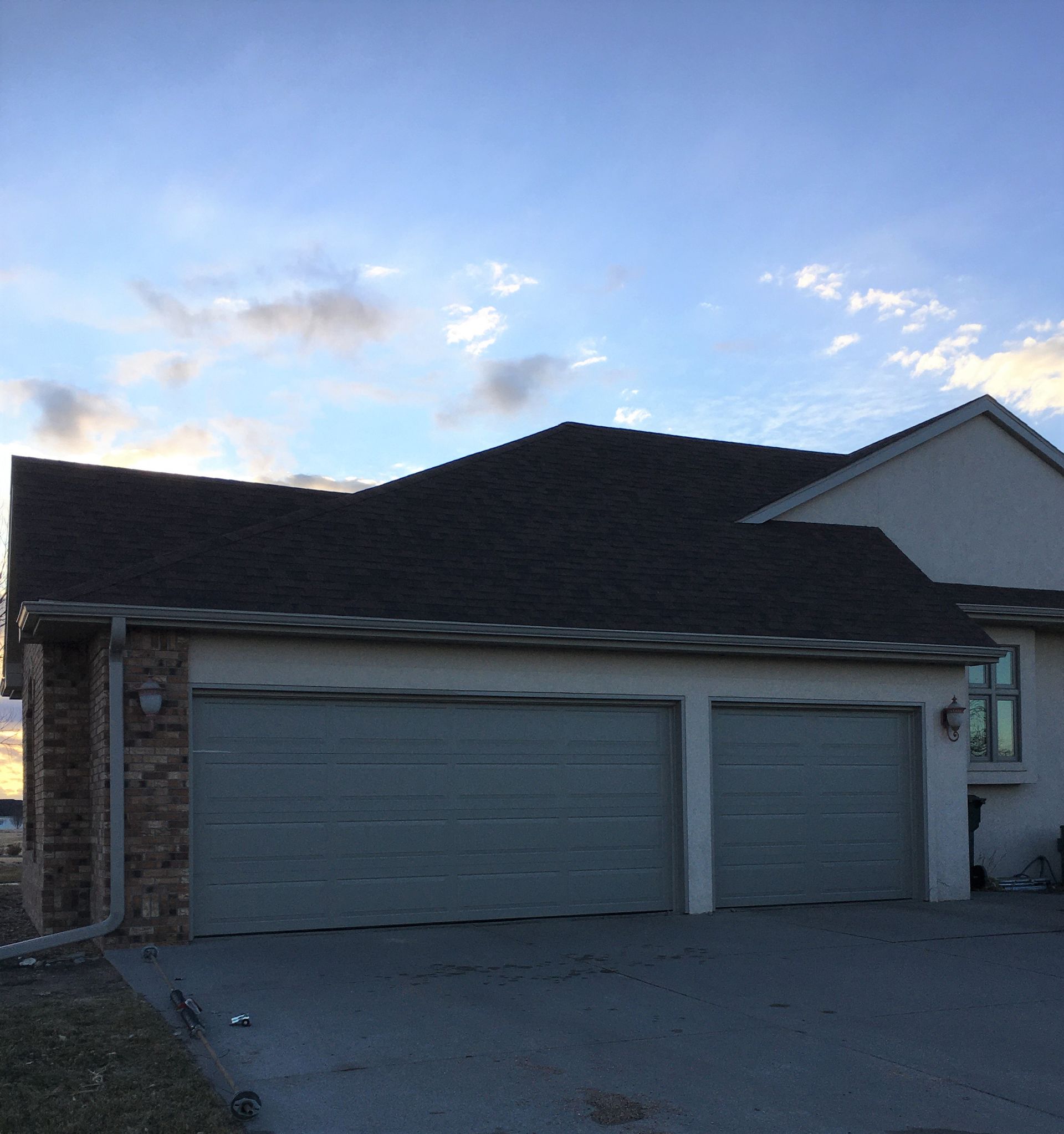The weather can have a huge impact on your roof. Understanding the challenges each season brings can help protect and extend your roof's life. Let’s dive into how weather affects your roof and tips for year-round protection.

The Effects of Rain, Snow, and Heat on Roofs
Rain: Excessive rainfall can lead to leaks, mold growth, and erosion. If your roof isn't properly sealed, water can get in and cause damage.
Snow and Freezing Weather: Accumulated snow can put a heavy load on your roof, potentially causing it to sag or collapse. Ice dams form when melting snow refreezes at the roof's edge, blocking proper drainage.
Extreme Heat: High heat can cause shingles to warp or crack. The continual expansion and contraction of roofing materials under intense heat can also cause long-term damage.
How to Prepare Your Roof for Harsh Weather
Preparing your roof for extreme weather is crucial. Here are some steps to help you keep your roof in good condition throughout the year:
- Clean gutters: Make sure your gutters are free from debris to avoid water backup during heavy rains or melting snow.
- Check your shingles: Replace damaged or missing shingles before the weather worsens to avoid leaks and further damage.
- Seal roof cracks: Look for cracks or gaps and seal them to prevent water from seeping into your roof during storms or snowmelt.
- Ensure proper insulation: Proper insulation helps maintain energy efficiency and prevents ice dams from forming.
Weathercraft’s Recommended Roof Inspections and Maintenance
Weathercraft recommends having your roof professionally inspected at least twice a year—once in the spring and again in the fall. During these inspections, we’ll check for any damage caused by weather and address potential issues before they escalate. Our experts will also suggest the necessary repairs or upgrades to help your roof withstand extreme weather conditions.